Pros and cons
Advantages of laminate on the wall in the interior:
- stronger than MDF and PVC panels, will not break on impact;
- does not absorb moisture due to its dense structure and protection by a polymer layer;
- easy to clean with ordinary soapy detergent;
- a wide range of colors and textures, imitation of natural wood;
- environmentally friendly;
- convenient for laying.
Disadvantages:
- the cost is higher than that of the panels;
- the material requires a solid surface and reliable attachment due to its heavy weight;
- suitable for finishing rooms with a constant low humidity, the material does not tolerate temperature extremes.
To create an accent in the interior, as in the photo, you can sheathe a part of the wall and ceiling with a board, as well as complement the design with lighting.
Laminate color
The colors of the laminate can be divided into cold and warm groups, and when renovating, you need to stick to the same color. It comes with a shade of green, blue, white, red, brown.
You can choose a color to match the tone of furniture and walls, or you can make a contrasting wall in the interior, both options are appropriate depending on the design. You should also pay attention to the brightness of the laminate, which determines the merging of colors, or the contrast in one group of shades. The color can be matched to the door or the floor.
| Light brown | 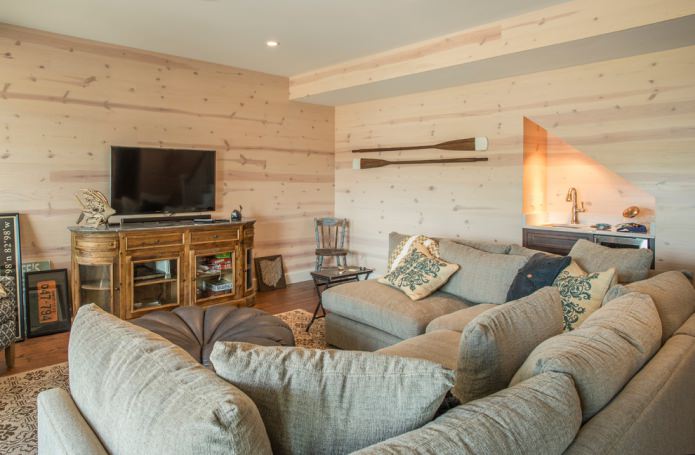 |
| Brown | 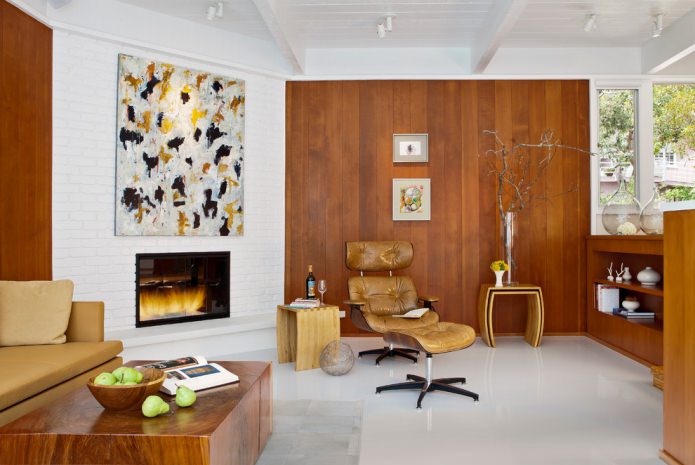 |
| Dark brown | 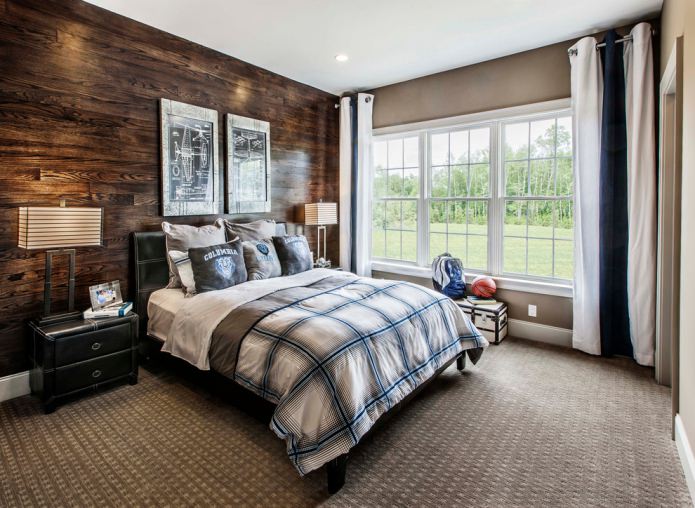 |
| White | 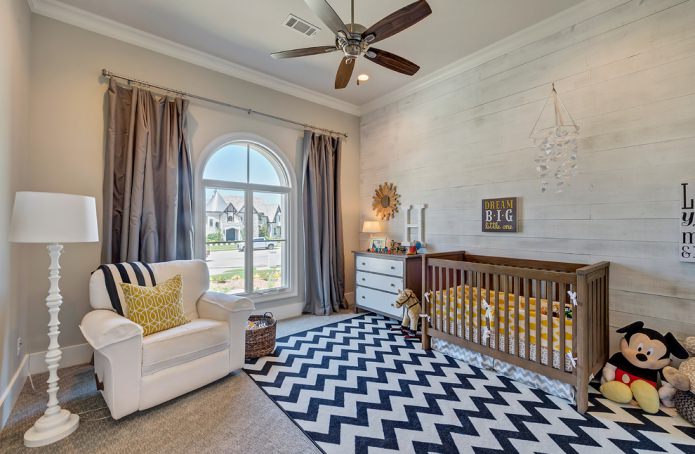 |
| Grey | 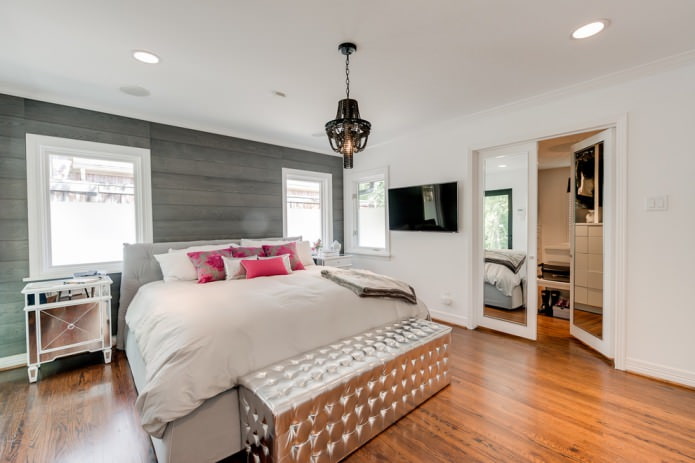 |
| The black | |
| Multicolored |
The combination of laminate on the wall requires harmony with the main interior decoration:
- When laying a whole wall with a dark laminate, it is better to paste over the rest in plain and light wallpaper;
- Dark plaster in the interior will look good in contrast to the white laminate;
- To create infinite space, the wall and floor can be finished with a single laminate.
Photo in the interior of the living room
Laminate finishing is appropriate in rooms for any purpose, it is important in each case to combine the color of the panels with the main color of the finish.
Laminate on the wall in the living room interior can be mounted both vertically and horizontally, it depends on the size of the room. For example, horizontal panels are only suitable for tall living rooms and will make it visually wider. Vertical installation is suitable for a small room and will make the ceilings visually higher.
On the picture features an accent wall made of horizontal panels with mirrored inserts that create a sense of depth in the room that continues behind the laminate flooring.
Laminate on the wall in the kitchen
Laminate on the wall in the interior of the kitchen can be used as an accent contrast wall and a work surface apron that will protect against splashes and can be easily cleaned. The color should be in harmony with the facade of the kitchen unit. To highlight the dining area, you can make a laminate wall in the color of dark wood.
Bedroom decoration
Laminate on the wall in the interior of the bedroom can be used as inserts over the head of the bed. If the bedroom is large, then you can revet the entire wall with laminate and whiten it, hang colored accessories and photographs in frames. Comfort will be created by a laminate wall at the headboard to match the color of the bed.
On the picture example of an interior with wall decoration and floor decoration in one color. It looks spectacular and creates a sense of infinity.
On the picture wall decoration at the head of the bed, which matches the overall eco-style of the bedroom interior.
Laminate in the hallway
Wall laminate in the interior of the hallway should contrast with the color of the floor and it is better to sheathe only the lower part of the wall. It is recommended to mount the laminate on the wall in the corridor vertically, as this will not make it visually smaller.
On the picture the corner of the hallway is paneled with natural wood color panels and matches the neutral shades of the interior.
Photo in the bathroom
Laminate on the walls in the bathroom interior can only be used if there is ventilation, which is important for the durability of the structure. Not suitable as an alternative to tiles in the shower area, but one wall with wood trim can be distinguished.
Making a balcony or loggia
In the interior of the balcony, laminate has become often used for cladding. It protects the wall insulation from moisture, it can also be used to make shelves and revet cabinets on the balcony. A great option if the balcony serves as a study.
The choice of class and method of attachment
When choosing a laminate, it should be borne in mind that:
- the laminate will not be exposed to a strong load;
- the choice of the lock system depends on the fastening method;
- an interior with a laminate on the wall should give an aesthetic pleasure, which will be helped by an assortment of colors and textures.
Mounting methods
- Kleeva. This is a system without locks, installation is carried out only with glue, which is applied to the side and back. The adhesive for the laminate on the wall should be silicone-based, or "liquid nails". The panels are glued one after another, and the emerging glue must be immediately removed with a wet sponge. Rarely used for lathing.
- Clicky. To fasten two parts together, they are tilted at an angle of 20 degrees to each other and the laminate is inserted into the grooves. The lock snaps into place easily and firmly connects the panels. It can be attached to the crate with glue, this option is resistant to mechanical stress.
- Sheet pile. Fastening according to the tongue-and-groove principle, which does not require additional gluing. Fastening to the frame, the panel is fixed in the recess with the help of clamps.
Which class should you choose?
For laying the laminate on the wall, it is not necessary to use the highest durable class (from 33 to 34), a material of low strength from 21 to 31 classes is sufficient.
On the picture white color makes the interior of the living room lighter, and the texture of wood on the wall adds coziness.
Horizontal and vertical stacking
Horizontal method
The joints converge in one line, which must be closed with baseboards, and they are attached to the wall with dowel-nails. The skirting board is placed no more than 1.5 meters away. In order for the laying to be strong and to distribute the load evenly, the laminate should be cut into strips before starting.
The horizontal placement of the boards in the interior (as in the photo) will make the room wider, and the vertical one - higher.
Vertical method
Laminate on the wall is vertically attached to a flat surface with glue, there are many installation options, you can combine remnants from different batches and colors to create a unique interior design.
How to fix laminate to the wall? (video)
There are two common methods of wall mounting: glue and lathing.
Glue method
It requires a flat surface to which the laminate will be attached, otherwise gaps will appear and the service life will be lower. Mounting a laminate board on a wall using this method does not require special knowledge and you can do it yourself. You can glue any kind of panels, with or without locks.
When installing with glue, in addition to liquid nails on silicone, you can apply special glue, then the panel is pressed. For better strength, the lock can be glued. The question of how to lay the laminate on the wall may be of concern if a lot of plaster is needed to align them. In this case, it is worth choosing the second method.
Metal or wood lathing
This method does not require the creation of a flat wall surface with plaster or drywall, as the frame is created. The lathing makes the room additional insulation and soundproofing. Here the panel is fastened with nails or clamps. This method is more time-consuming, but will help save on leveling the walls.
To create a wooden lathing, 2-4 cm slats are needed, which are attached to the wall at a distance of 20-50 cm parallel to the future panels. The metal frame is made from drywall profiles, and some manufacturers also offer a ready-made frame.
Photo gallery
With the help of a laminate board, you can experiment with the interior of the room and decorate the walls in an original way. Below are photo examples of the use of laminate on the walls in rooms for various functional purposes.

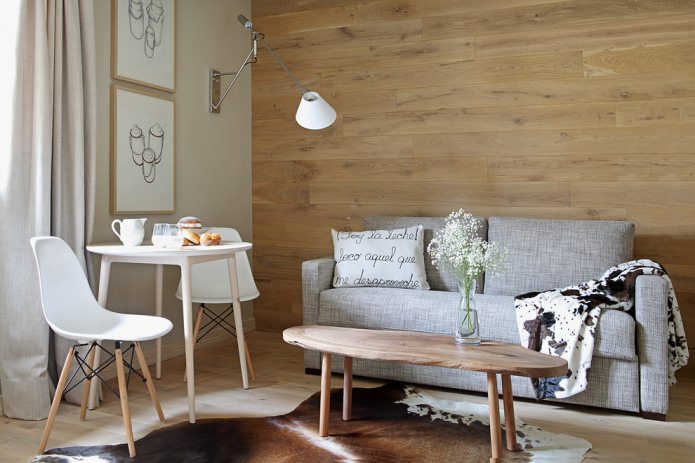
 10 practical tips for arranging a small kitchen in the country
10 practical tips for arranging a small kitchen in the country
 12 simple ideas for a small garden that will make it visually spacious
12 simple ideas for a small garden that will make it visually spacious
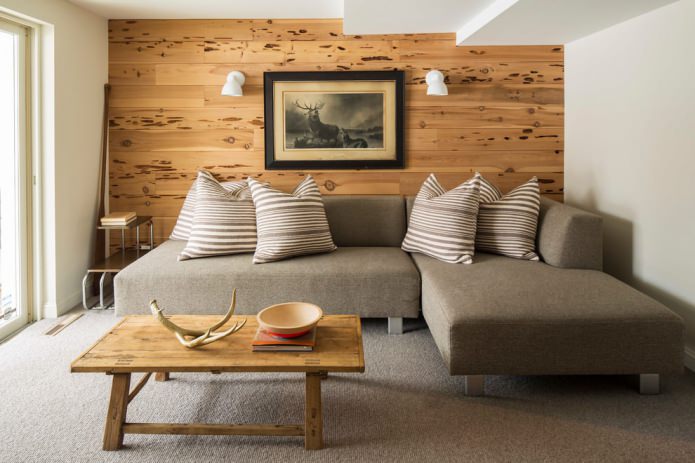

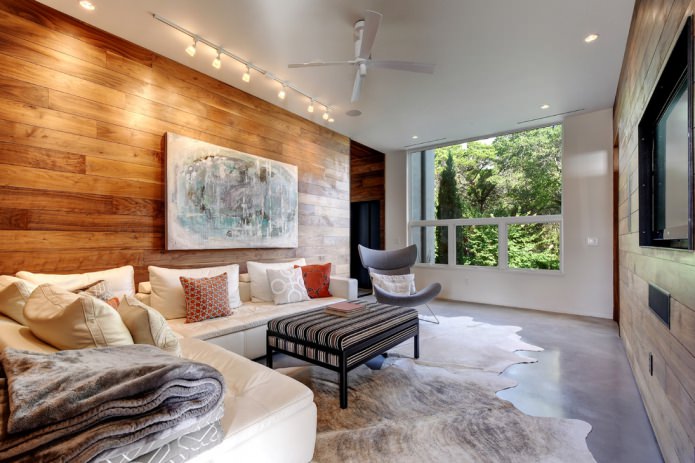
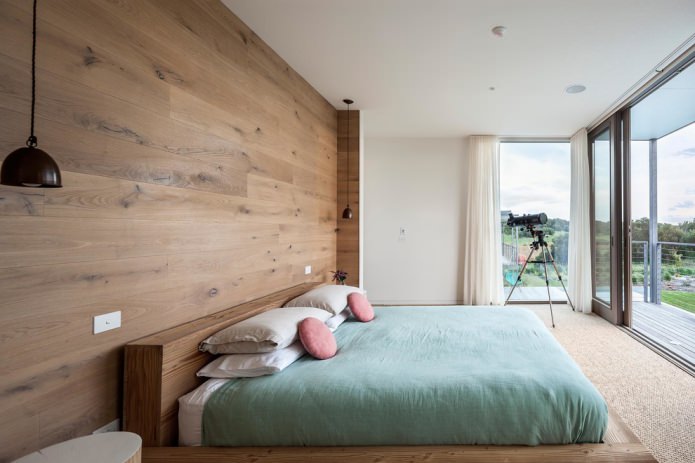
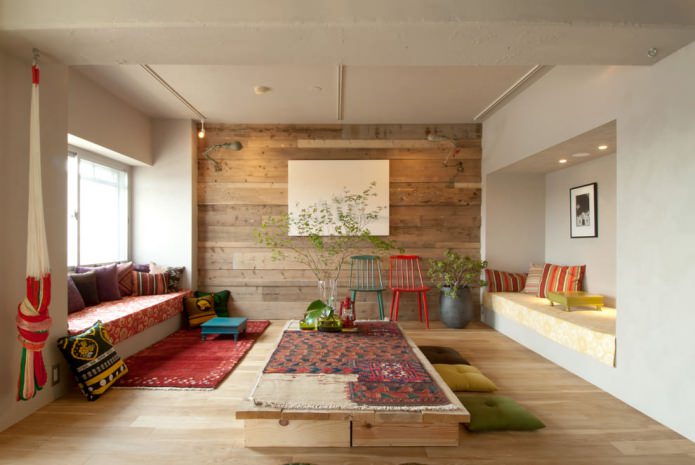
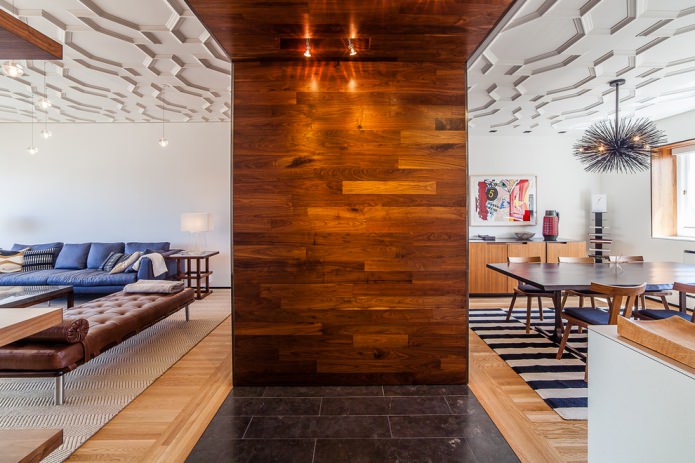
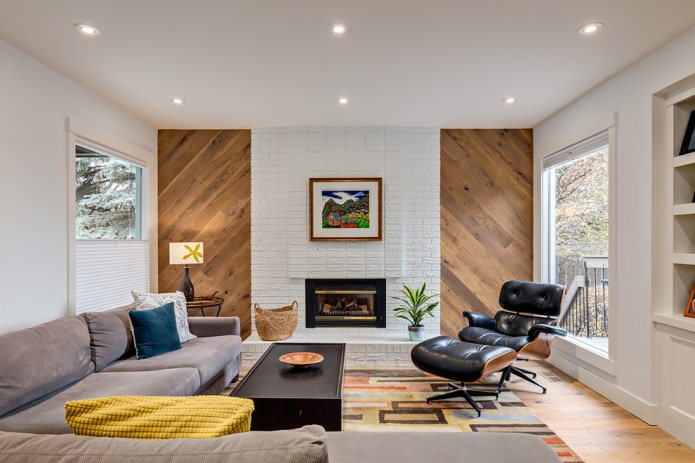
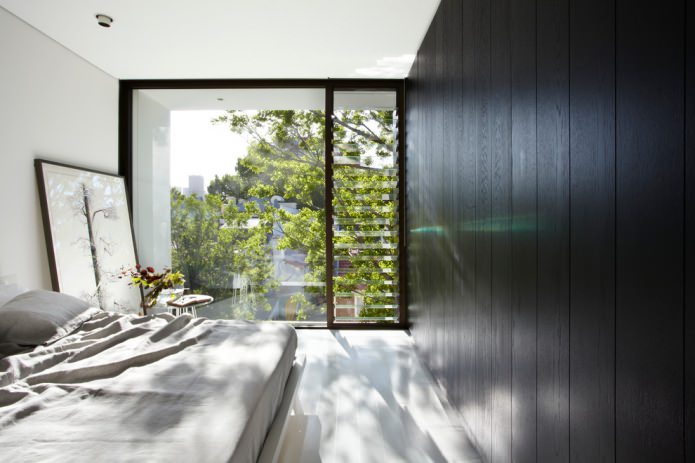
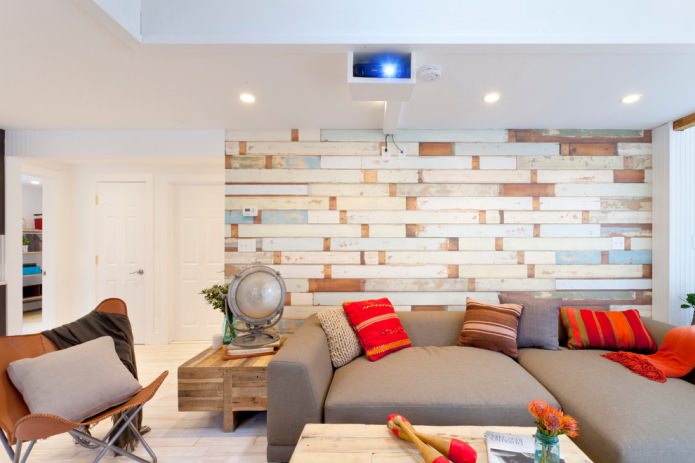
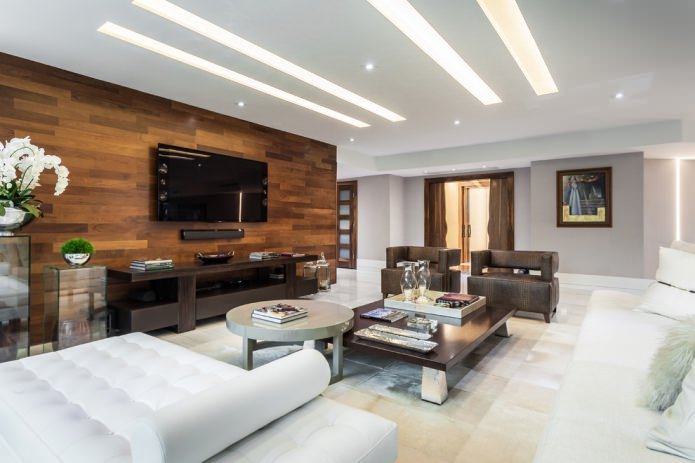

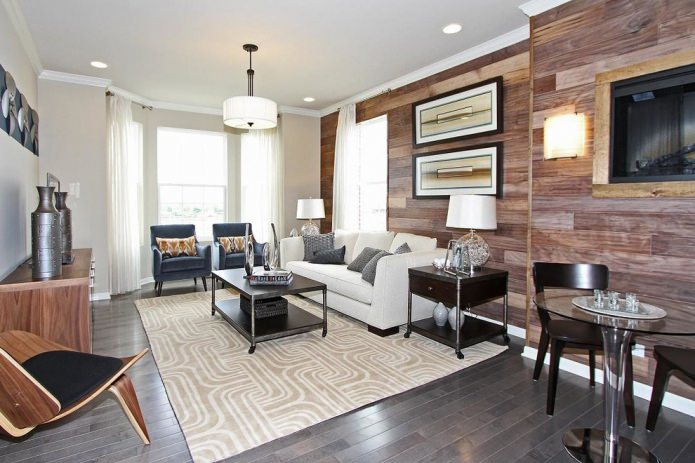
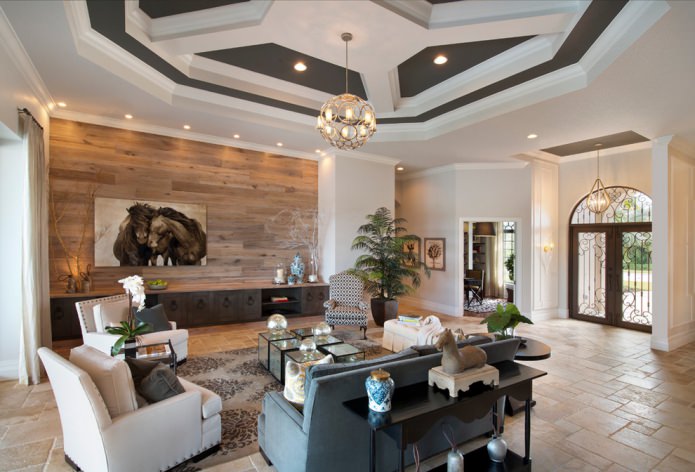

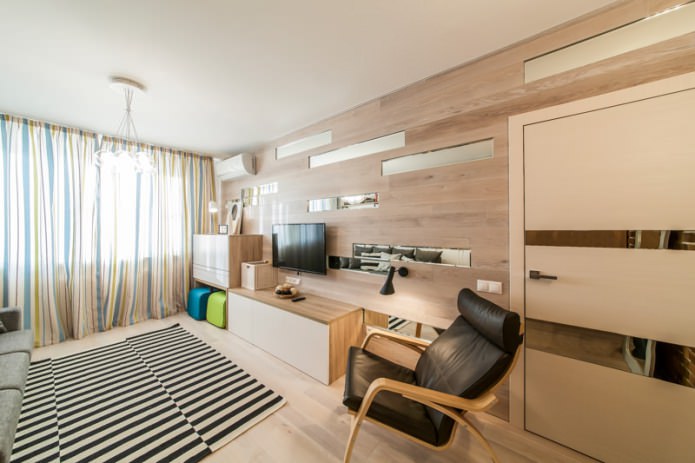
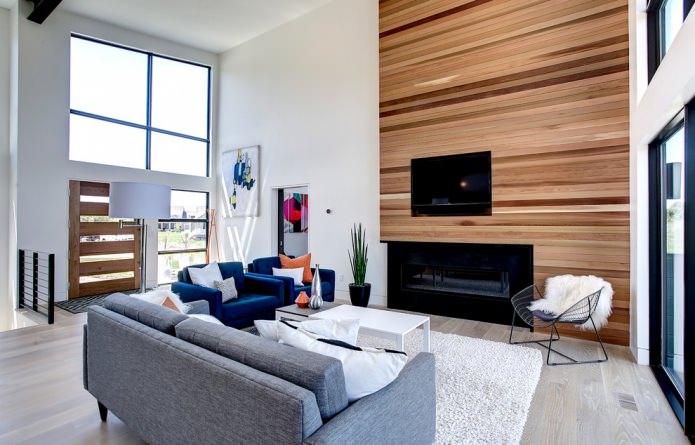

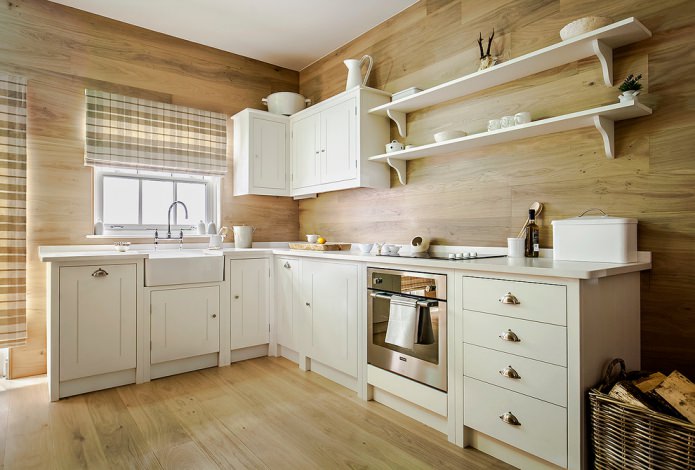
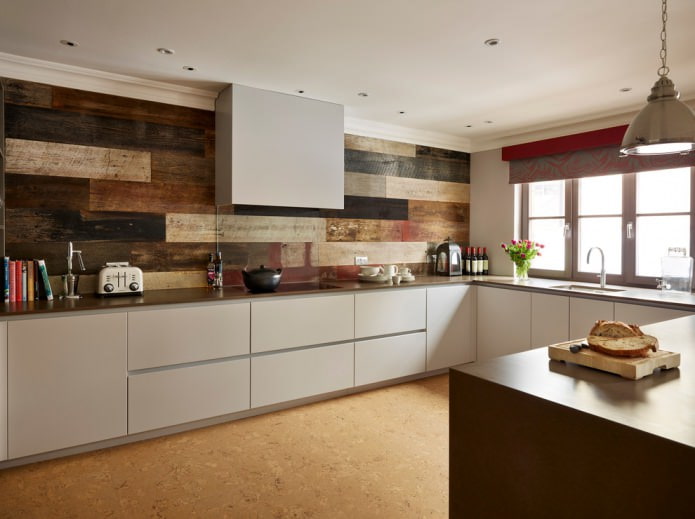
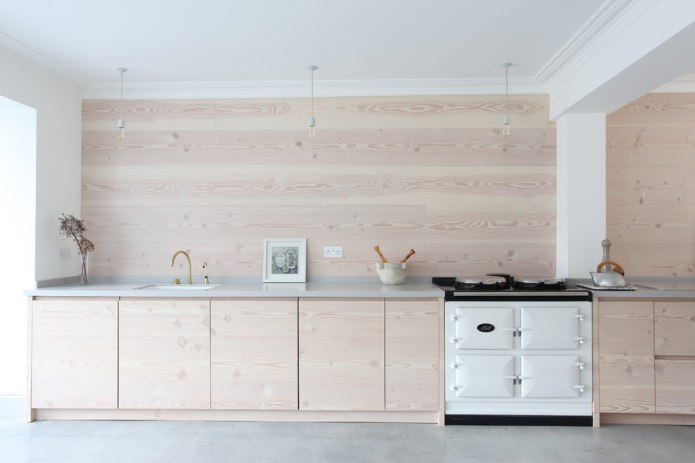
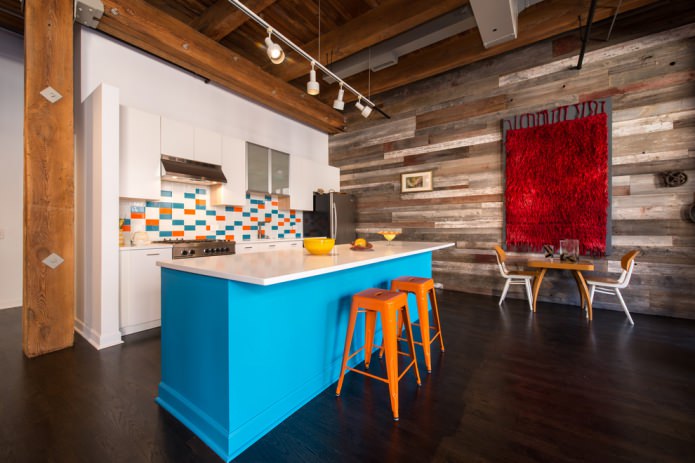
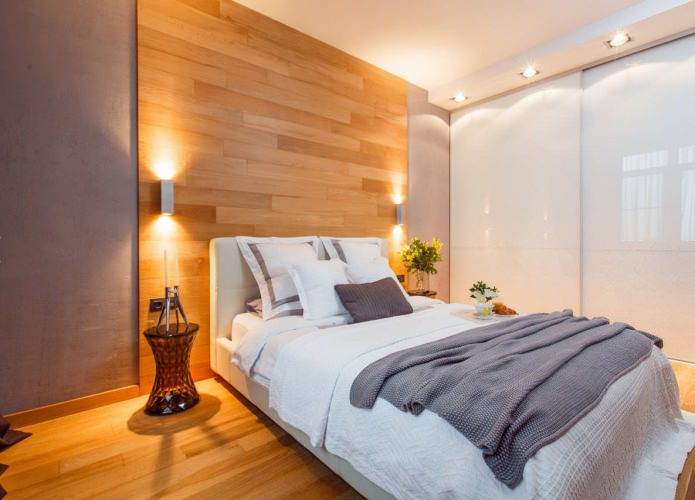
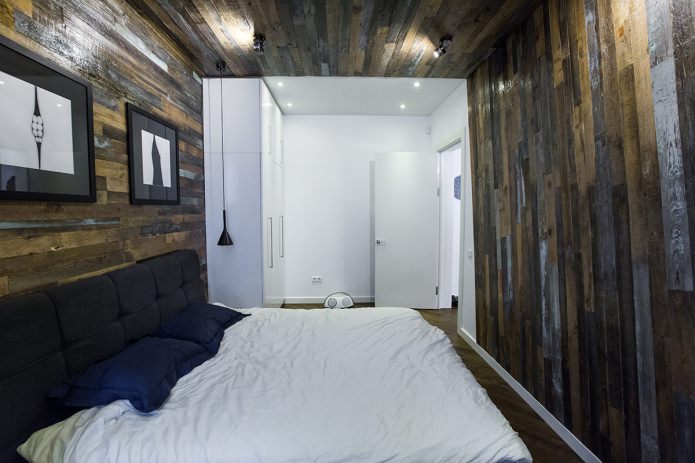
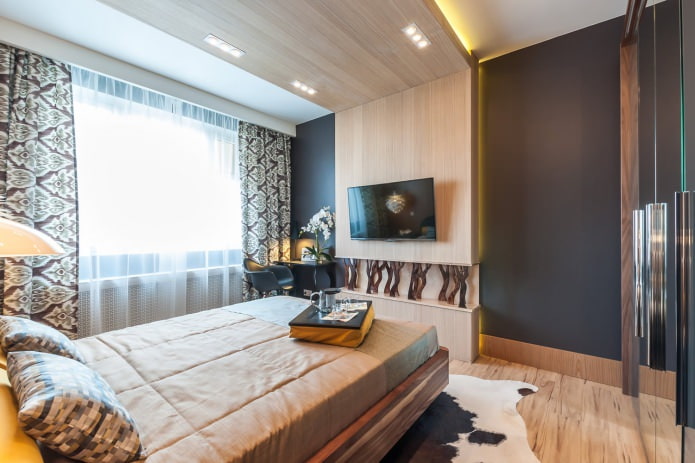

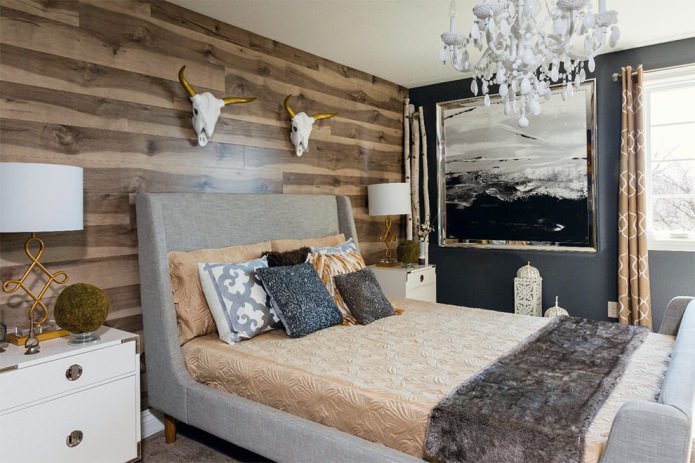
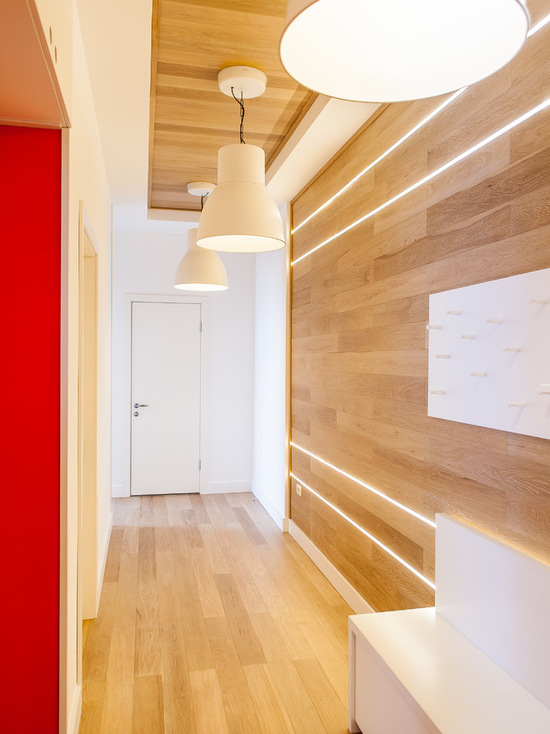
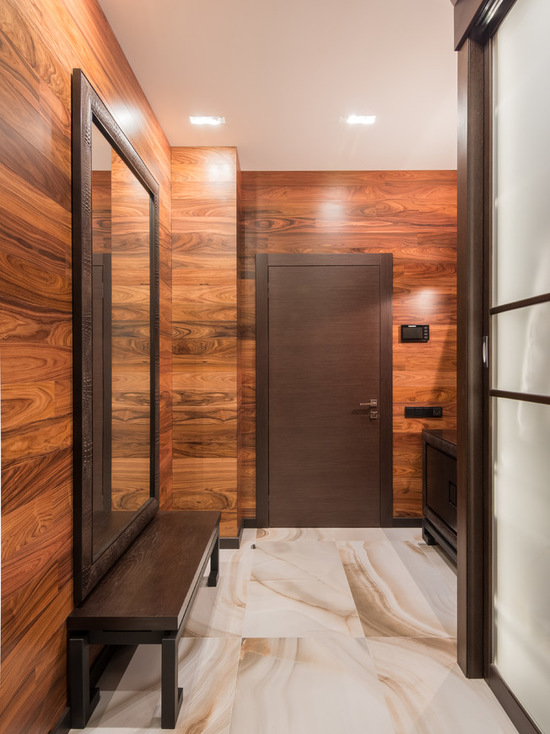

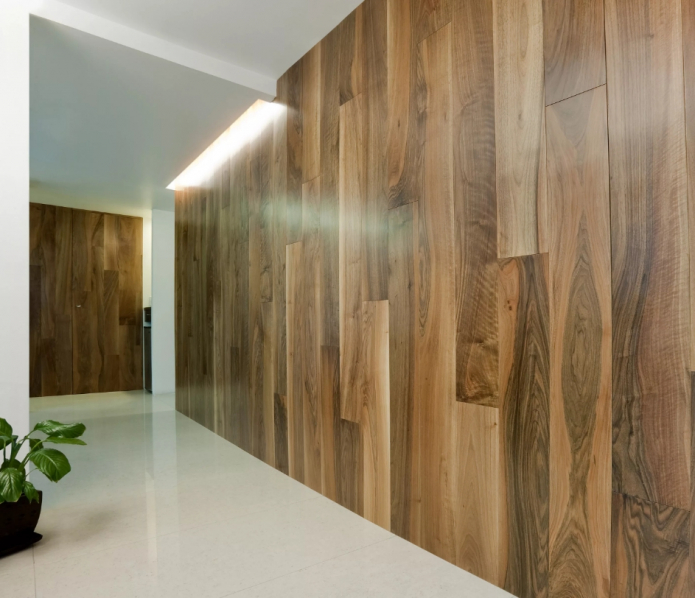




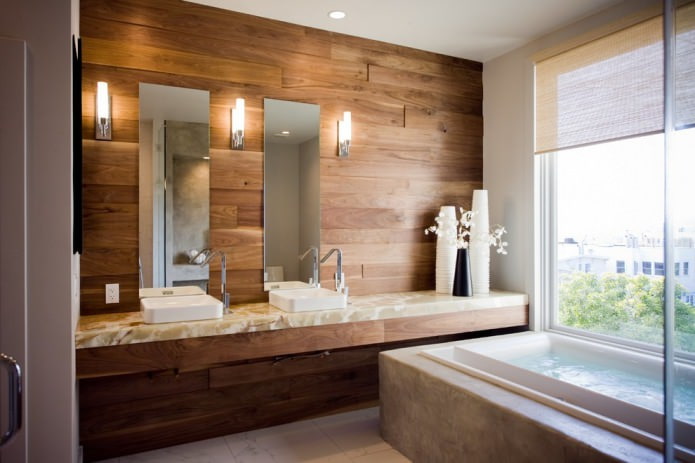

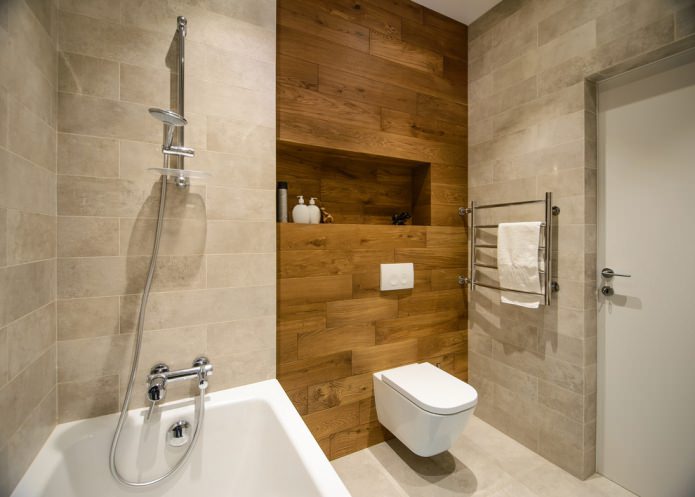
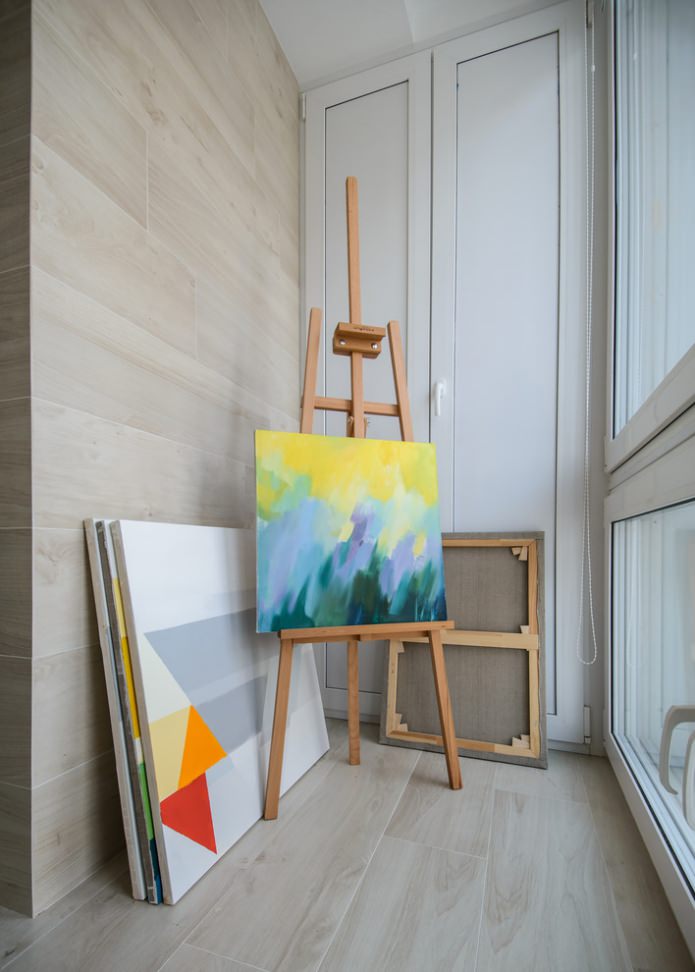
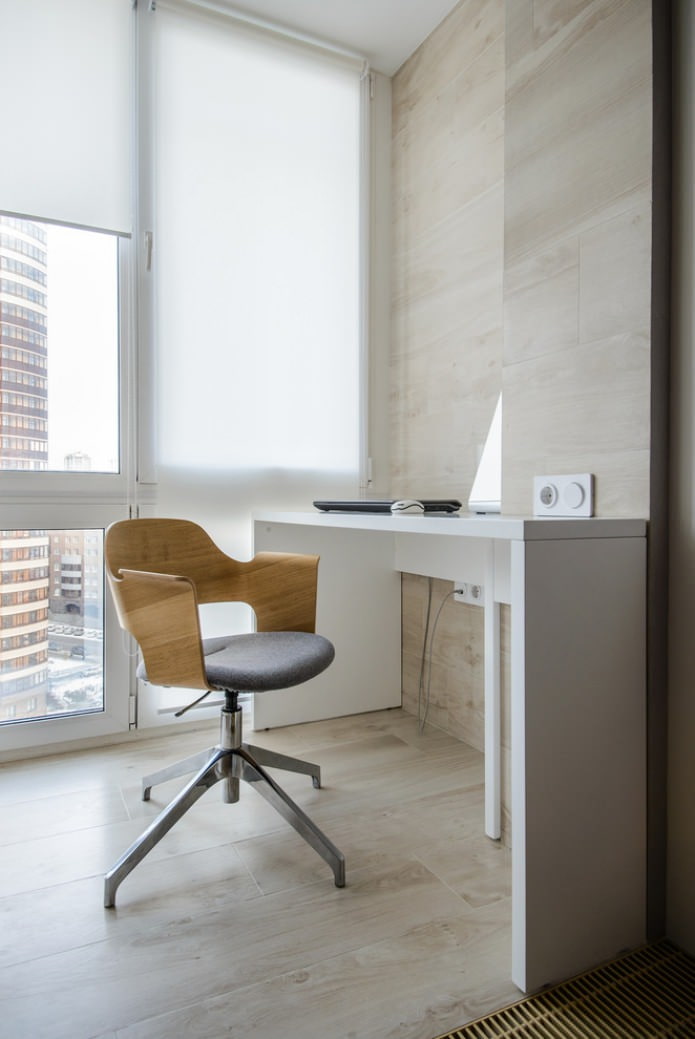
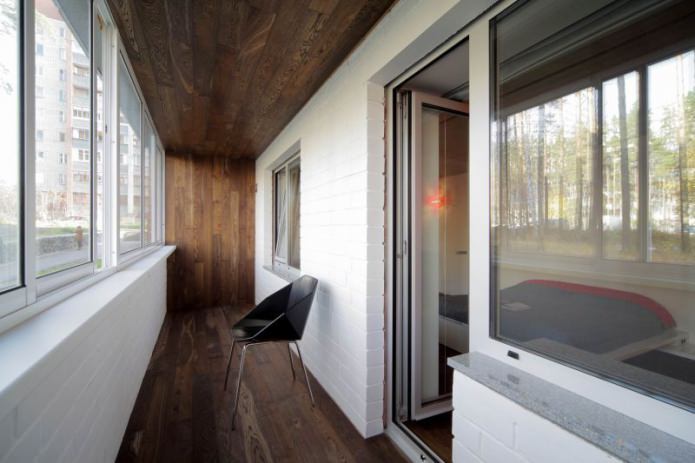
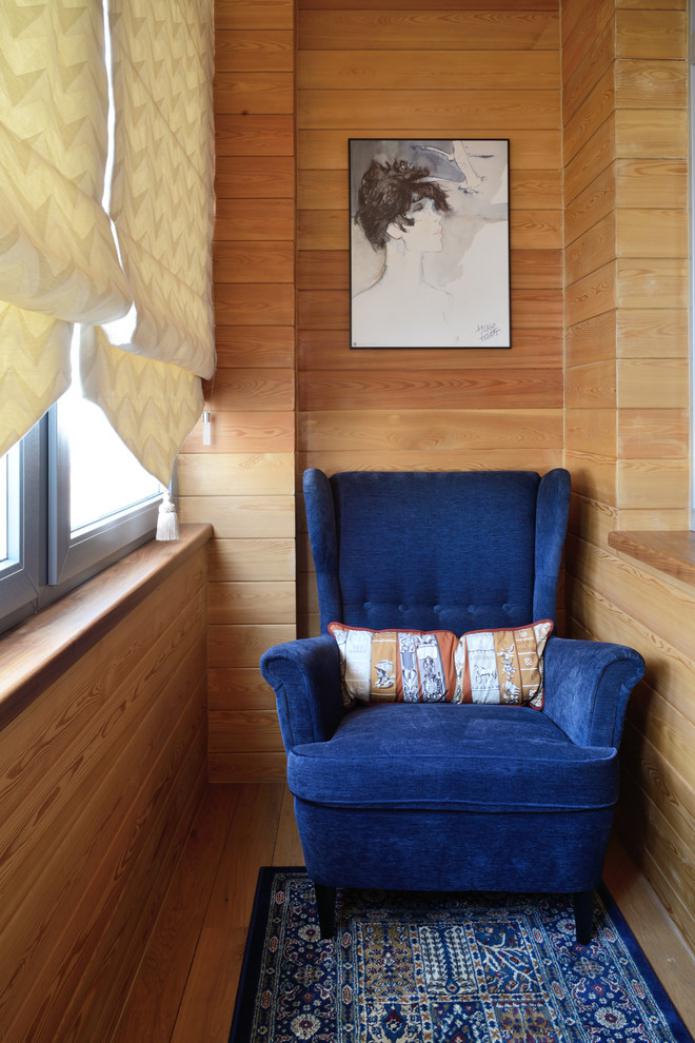
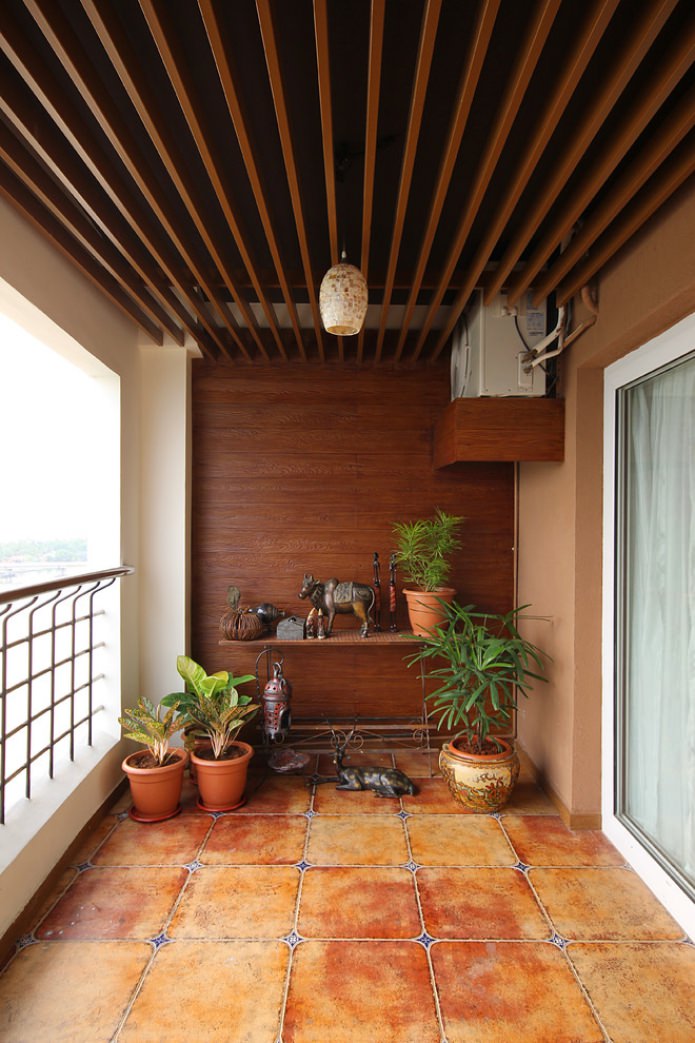
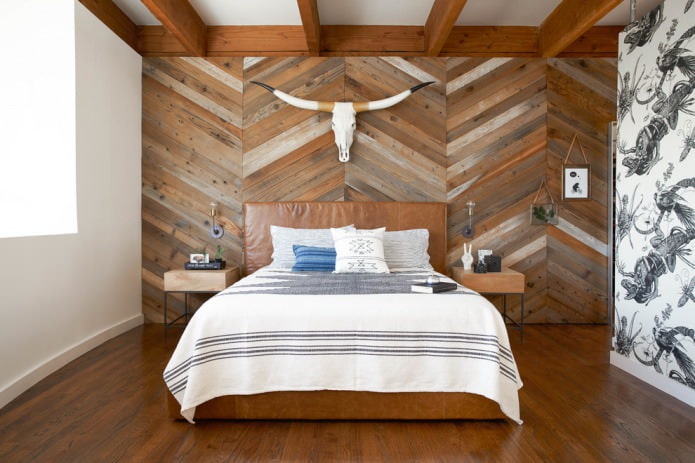
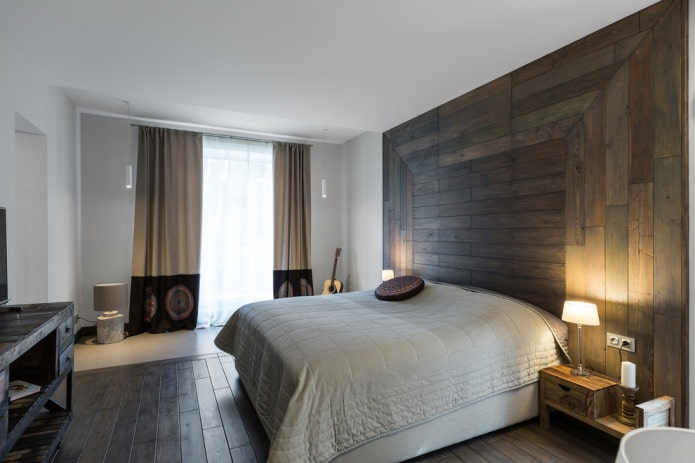

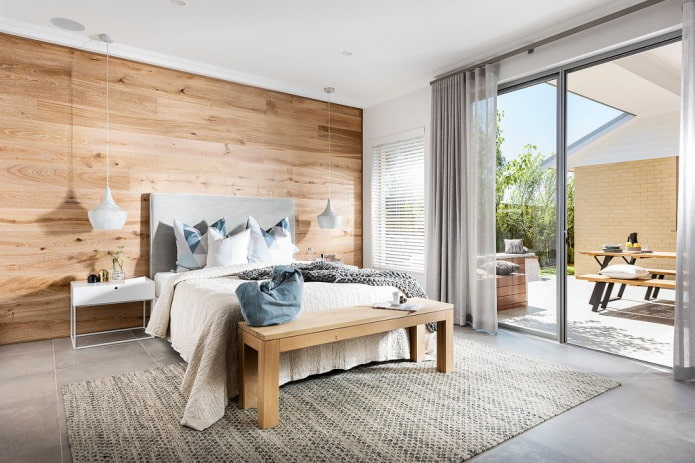
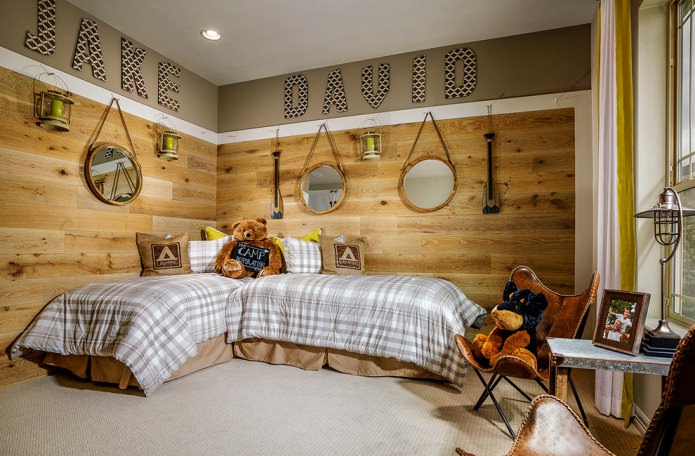
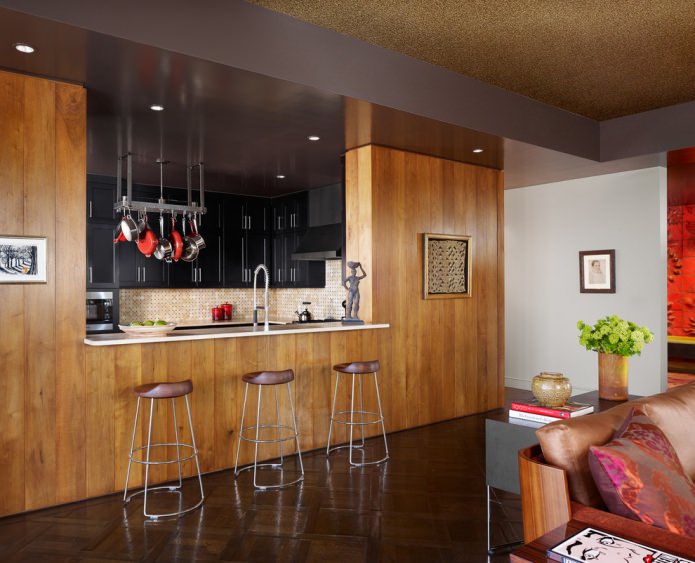
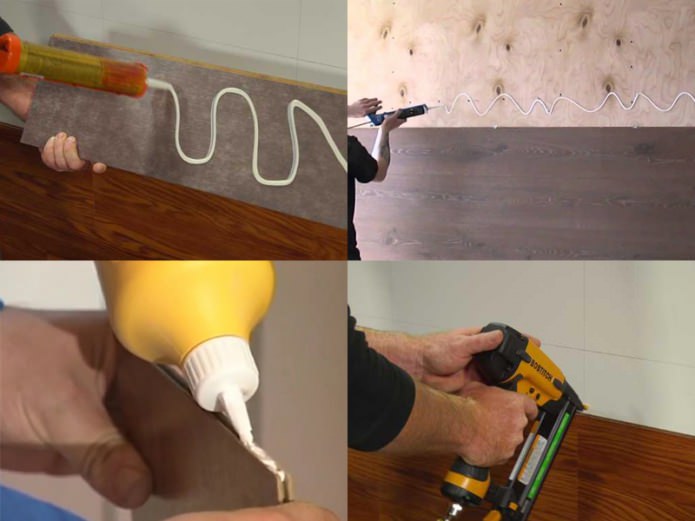
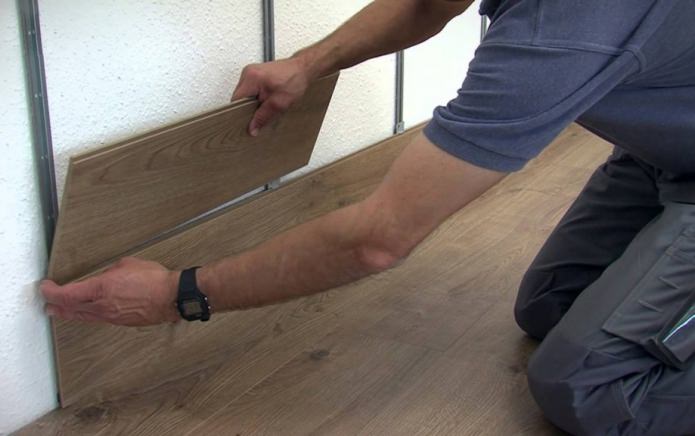
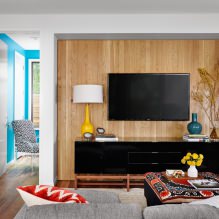

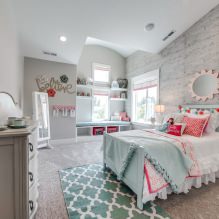
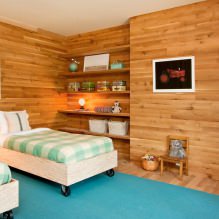
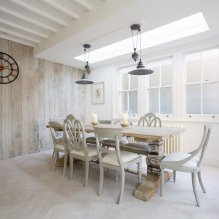
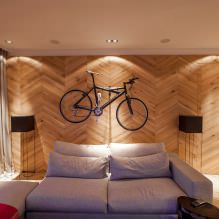
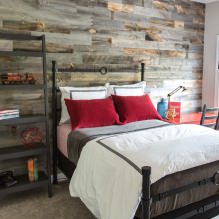
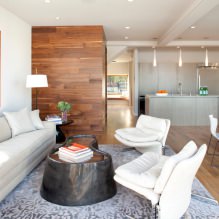
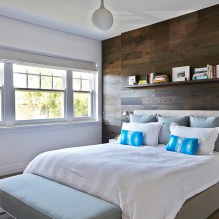

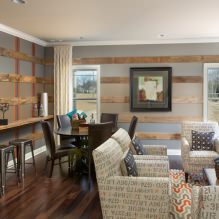

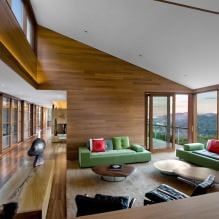
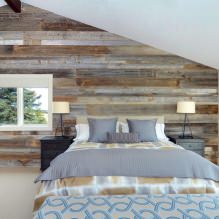
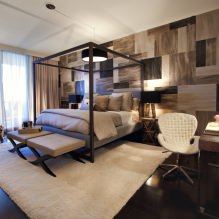

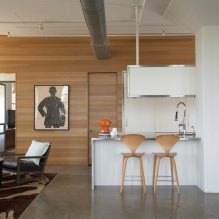
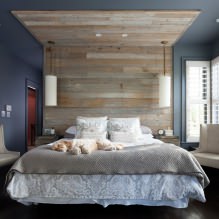
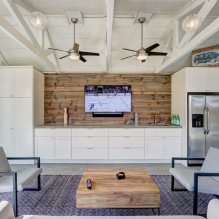
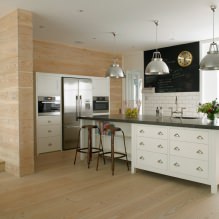
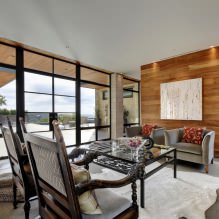
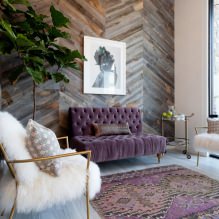
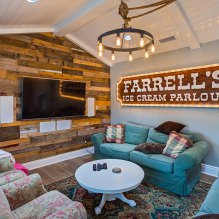

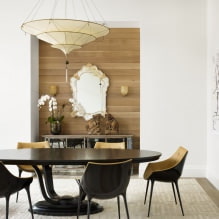
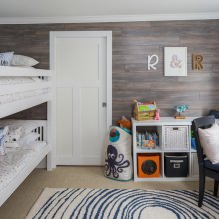
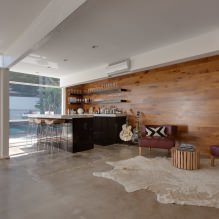
 13 bad habits a good housewife shouldn't have
13 bad habits a good housewife shouldn't have 24/7 home cleanliness - 4 secrets for the perfect housewife
24/7 home cleanliness - 4 secrets for the perfect housewife 6 hotels in Sochi that will give odds to the promoted foreign hotels
6 hotels in Sochi that will give odds to the promoted foreign hotels Top 10 interior design trends 2020
Top 10 interior design trends 2020 Rating of cheap TVs with Smart-TV
Rating of cheap TVs with Smart-TV New Year's LED garlands on AliExpress - we disassemble while it's hot, so that it's bright at home
New Year's LED garlands on AliExpress - we disassemble while it's hot, so that it's bright at home